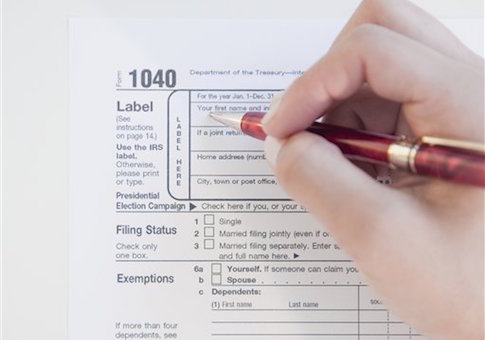The House Republican tax reform plan introduced by Speaker Paul Ryan (R., Wis.) would create 1.7 million jobs, increase the nation’s GDP, and increase after-tax income for all Americans, according to an analysis from the Tax Foundation.
The plan would simplify the tax code so that it could fit on a postcard, and lowers marginal tax rates on wage, investment, and business income. It also broadens the tax base, lowers the corporate income tax rate to 20 percent, and eliminates federal estate and gift taxes.
"Our analysis finds that the House Republican tax plan would reduce federal tax revenue by $2.4 trillion over the next decade," the report states. "We estimate that the plan would boost long-run GDP by 9.1 percent. The larger economy would translate into 7.7 percent higher wages and result in 1.7 million more full-time equivalent jobs. Due to the larger economy and the broader tax base, the plan would reduce revenue on a dynamic basis by $191 over the next decade."
The proposal would broaden the tax base by eliminating all itemized deductions except the mortgage interest deduction and the charitable deduction, which would raise $2.3 trillion over the next decade. The plan would also eliminate most individual credits except the Earned Income Tax Credit, the American Opportunity Tax Credit and the Child Tax Credit, which would raise $104 billion over the next decade.
Because the plan would boost wages and broaden the tax base, the federal government would gain $566 billion in individual income tax revenue and $683 billion in payroll tax revenue.
"This plan is an interesting contribution to the tax debate because it stands in contrast to many of the proposals from Republican presidential candidates earlier this year," said Kyle Pomerleau, director of federal projects at the Tax Foundation. "It’s a smaller tax cut than some of the other plans we’ve seen, but still increases GDP by 9.1 percent over ten years."
"This plan comes close to being revenue neutral, but not for the reasons one might think," he said. "In this plan, the tax cuts spur economic growth, but the cuts only result in 32% of the plan’s dynamic revenue. The rest comes from substantial base-broadening provisions."
